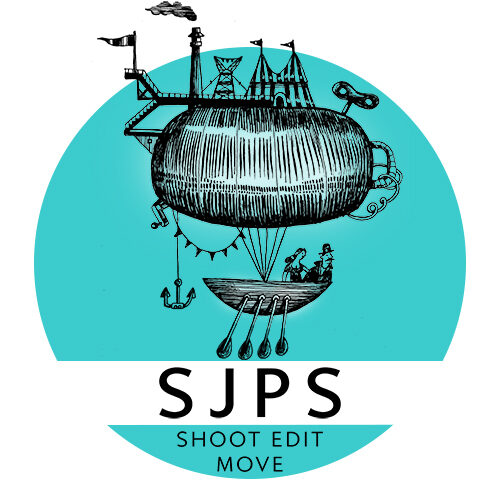Let me begin by saying this post in no way negates my love for my jib arm. The two pieces of gear are like children to me, and unlike my real children, they mostly obey and do what I want them to do.
But one of the steadicam’s most endearing qualities to me is the intimacy that the operator and the camera have. Growing up, I remember the “Six Million Dollar Man,” and how freaking cool I thought that was.

As an 8 year old boy, this was the high water mark for good tv. Except if “The Wonderful World of Disney” was showing old cartoons instead of some nature show.
To enhance a human body with machinery was mind blowing to a 8 year old. I realize I am no Steve Austin, but there are certainly parallels. Anyway, the point is that I get a buzz out operating the rig, putting on the vest, balancing and getting it tuned just right. I go into a mindset that brings me great joy.
During a discussion the other day with a great Director of Photography, he was talking about light in the same way. He got this far away glint in his eye as he described his love of light, and how camera movement and light become the art of the DP. The two combine to tell the story, to bring to life the message of the film. Of course sound and acting are equal players, but that is outside of my realm, in this context.
One of the best instructions I got from The Steadicam Workshop, was during our nightly debriefing, Jerry Holwaywas showing us a clip from “Donnie Brasco.”
It is the scene where Johnny Depp is deciding whether he is going to betray Al Pacino. The steadicam move is subtle, but as Johnny makes the decision, Jerry in mid move frames him from left to right screen, symbolizing the shift in his mind. It is sublime and wonderful.
Part of my job is to turn DP’s on to the steadicam and its potential. Just like the jib arm is categorized as “just a tool to get big sweeping shots,” the steadicam is often overlooked as specialty tool. My belief is that through camera movement, we can immerse the viewer into the story. The human eye does not do lock offs, so why should we as film makers do them? It is all about story telling and how we decide to tell it. A static shot can reveal as much as moving one. We as film makers just need to understand why we move or do not.
I have been on many sets where my instructions are “just move it around some,” no motivation, no reason, just move the camera around some. I will do it, but it makes me feel like a prostitute, and not a “pretty woman” prostitute either. Another great lesson from the workshop was a story about Larry McConkey. A director described what he wanted, and Larry kept responding “why.” Finally the director told him to “just f#$%ing do it cause I am telling you to.” Larry went over and packed up his equipment and left. I would never have the balls to do that, but I think about it a lot.
I love my steadicam and the opportunities to operate it. Even if I am just “moving it around,” it is a good workout. I can feel it improving my posture and strengthening my back. Last summer on a job for “The Total Outdoorsman Challenge,” one of the events was an ATV race through the woods. I did everything I could to convince the producer the steadicam was the way to go. Finally, he let in and said it would be fine. Here is the move, which I ended up doing 18 times, once for each contestant. The hill I run up was much steeper than it looks, I swear, and I was having the time of my life. This is the raw clip from my camera, the audio for the talent mic was recorder elsewhere. The actual show cut it all up into a bunch of tiny shots. I will see that editor later this year and evangelize him to the way of the long shot. Click on the photo to play the video.







No responses yet